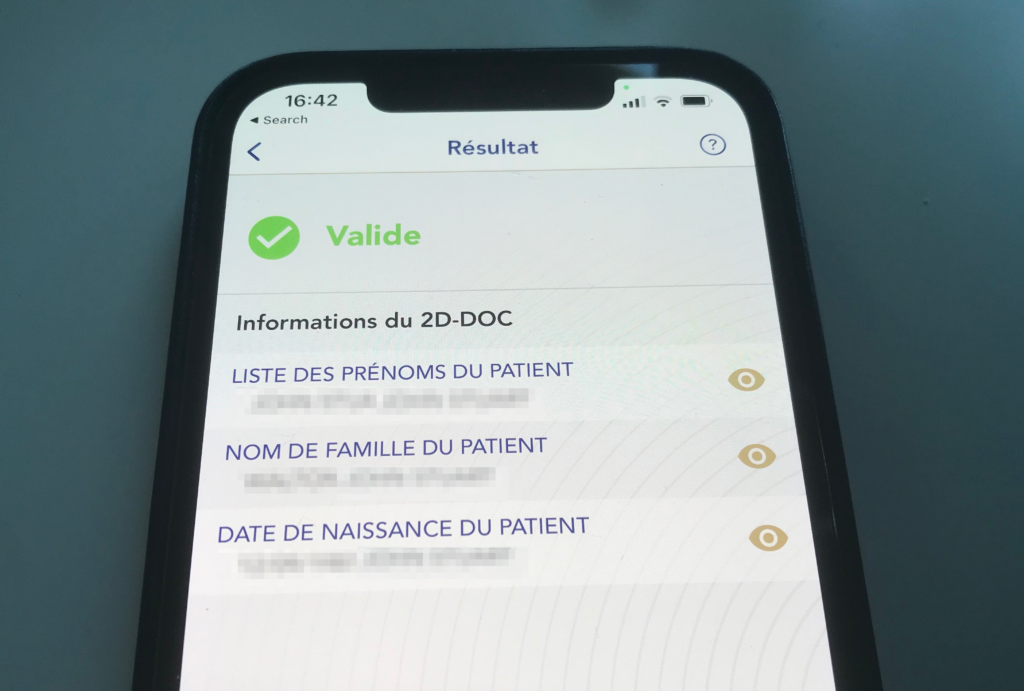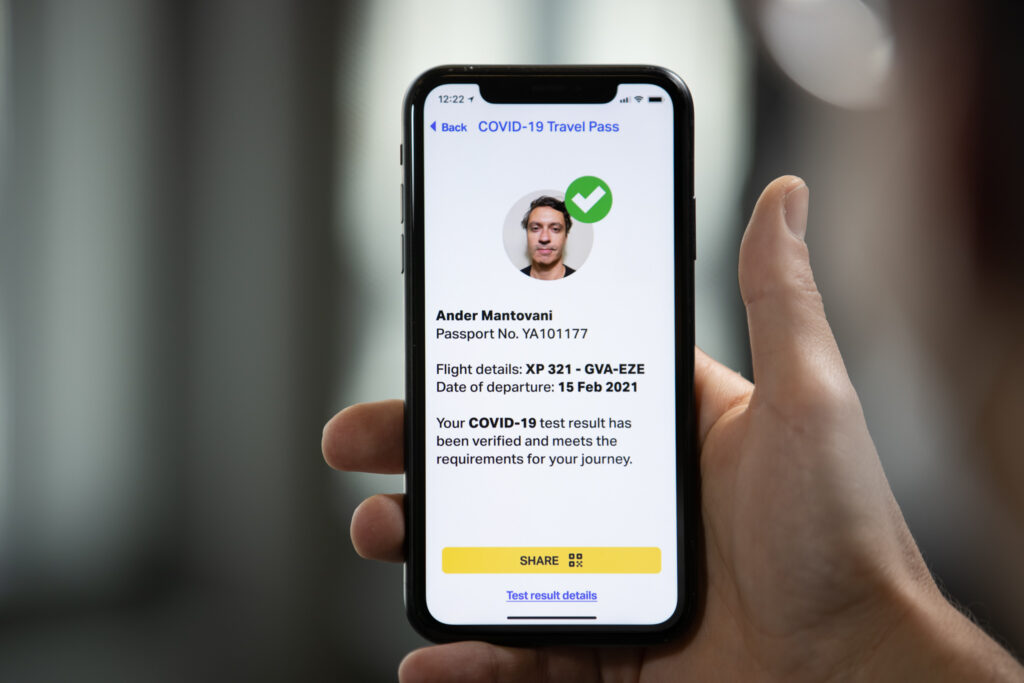The European Union’s Digital COVID Certificate is rapidly shaping up to be the standard for international vaccination, test and recovery certification, with international airline trade body IATA, the International Air Transport Association, backing it for global adoption by the aviation industry.
All 27 EU member states and a half-dozen non-EU states are already using the Digital COVID Certificate (DCC) standard for interoperability with their own systems, including, most recently, Turkey, Ukraine and North Macedonia as of 19 August. In the absence of any meaningful standardisation progress from the International Civil Aviation Organisation or the World Health Organisation, the swiftly implemented EU standard looks like an increasingly good bet.
“In the absence of a single global standard for digital vaccine certificates, it should serve as a blueprint for other nations looking to implement digital vaccination certificates to help facilitate travel and its associated economic benefits,” IATA’s deputy director general Conrad Clifford urges.
Indeed, says IATA, referencing its own test and vaccination verification application, “The DCC is an excellent model as it is consistent with the latest World Health Organization Guidance and is fully supported by IATA Travel Pass.” More than 50 airlines are already trialling the IATA Travel Pass, so the support there is of note.
(The WHO dissolved its Smart Vaccination Working Group in June, which had put out interim Smart Vaccination Certificate guidance [PDF] in March.)

Being able to use the same digital documentation for border and activity use is a real draw. Image: IATA
Since its soft launch in June and full launch in July, the DCC has swiftly become a simple part of life. It gives passengers a green light in three situations: a full course of vaccination (and appropriate waiting period) according to their national authorities, a certificate of recovery from COVID-19 (within a certain time period), or a negative test (3 days for PCR, 2 days for rapid antigen, where the latter are accepted).
The DCC comes in two forms: a paper printout with a common format across the European Union, and a digital format that is usually presented as part of a COVID-19 proximity or national health service app, like France’s TousAntiCovid. This is then scanned by a separate checking app, like France’s TACverif.
When scanning, the QR code reveals name, date of birth, date of issue, the information about the vaccine, test or recovery, and a unique identifier that is checked against a live database — the crucial bit that ensures confidence in the system and prevents fraud.

In France, the TACverif app gives a simple green tick and only as much personal data as is needed to check against an ID if necessary. Image: John Walton
This journalist uses the DCC daily in France, where the national implementation, called the « pass sanitaire », is required to visit a café, restaurant, cinema or many other public places, and has yet — apart from one local pizzeria that has gone takeout-only over the summer on principle — to encounter any issues whatsoever.
One advantage of the EU DCC is that it serves both as the ‘border’ and ‘activity’ check document within the EU (and interoperable other countries), which means travellers would need to enter their vaccination or recovery data (and for short trips, test data) only once.
The trick with the passenger experience will be to ensure that the scanning and verification process is simple and automated, and as much like the experience people are now used to in their daily lives. One key hurdle to overcome is that both the DCC QR codes and apps like the IATA Travel Pass are stored on people’s phones, making it logistically tricky to use the phone as a scanner and as a proof token.
Resolving this — and other issues — must be high on aviation’s agenda.

Fixing the how do I scan a QR code on my phone with my phone_ problem will be important. Image: IATA
Related Articles:
- Inside France’s vaccine passport and test verification COVID app
- Collins integrating IATA Travel Pass into passenger management systems
- Inside IATA’s verified COVID testing/vaccination app
- IATA backs WHO guidance on not requiring vaccination proof to fly
- Vaccinated can fly in US without tests. Vaccine passport clouds ahead
- OPINION: Aviation and the question of requiring COVID-19 vaccination
Featured image credited to IATA











